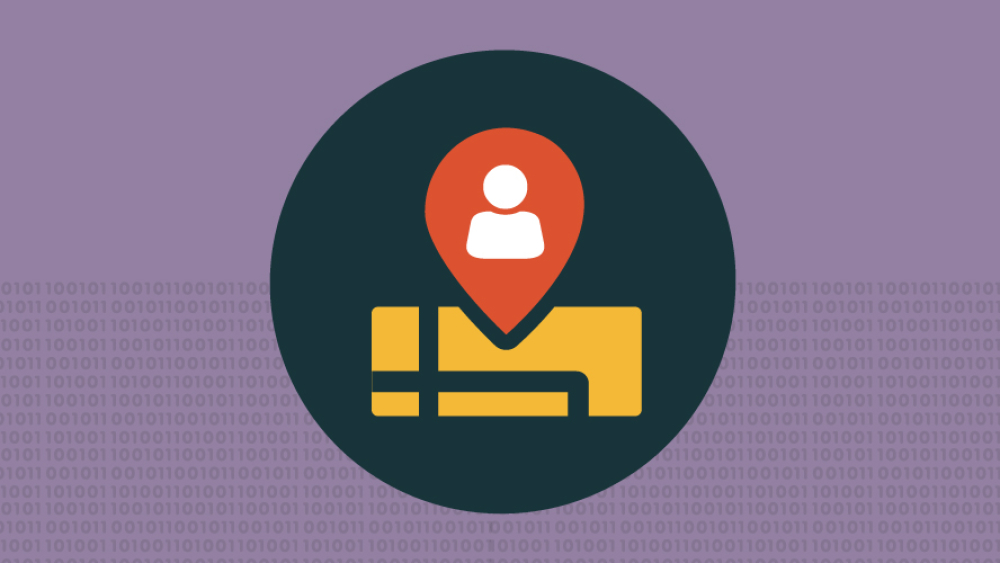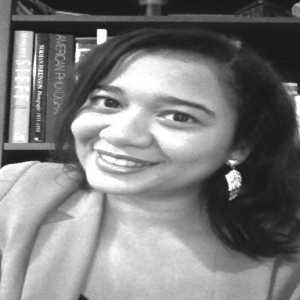FAQs: Linking location and digital data
14 Jun 2012

Location data in this context is data about consumers, individually or in aggregate, that can be linked to a geographical location. Examples would include demographic, socio-economic and lifestyle characteristics or purchasing behaviour relating to postcodes, store catchments or shopping centres. Such data is often used for customer insight, branch network analysis, store forecasting, drive time analysis and footfall analysis.
In the past 10 years a new method of collecting and distributing location data has emerged, based around IP addresses. Each internet-connected device is given an IP address, and these are broadly tied to location. However in the UK at least, it is not possible to derive a very accurate location from the IP address on its own due to the nature of how the UK’s telephone infrastructure has evolved. (It is a little easier in the US.) But things are improving as some commercial companies offer services for generating more accurate locations based on increasing volumes of data collected from consumers where both IP address and postal address are captured.
This guide, produced by the DMA Data Council, answers the following questions:
- What is location data?
- What is digital data?
- How can digital data and location data be linked?
- What value can be gained from linking digital and location data?
- What are the issues and considerations when linking digital and location data?




1.png)
Please login to comment.
Comments